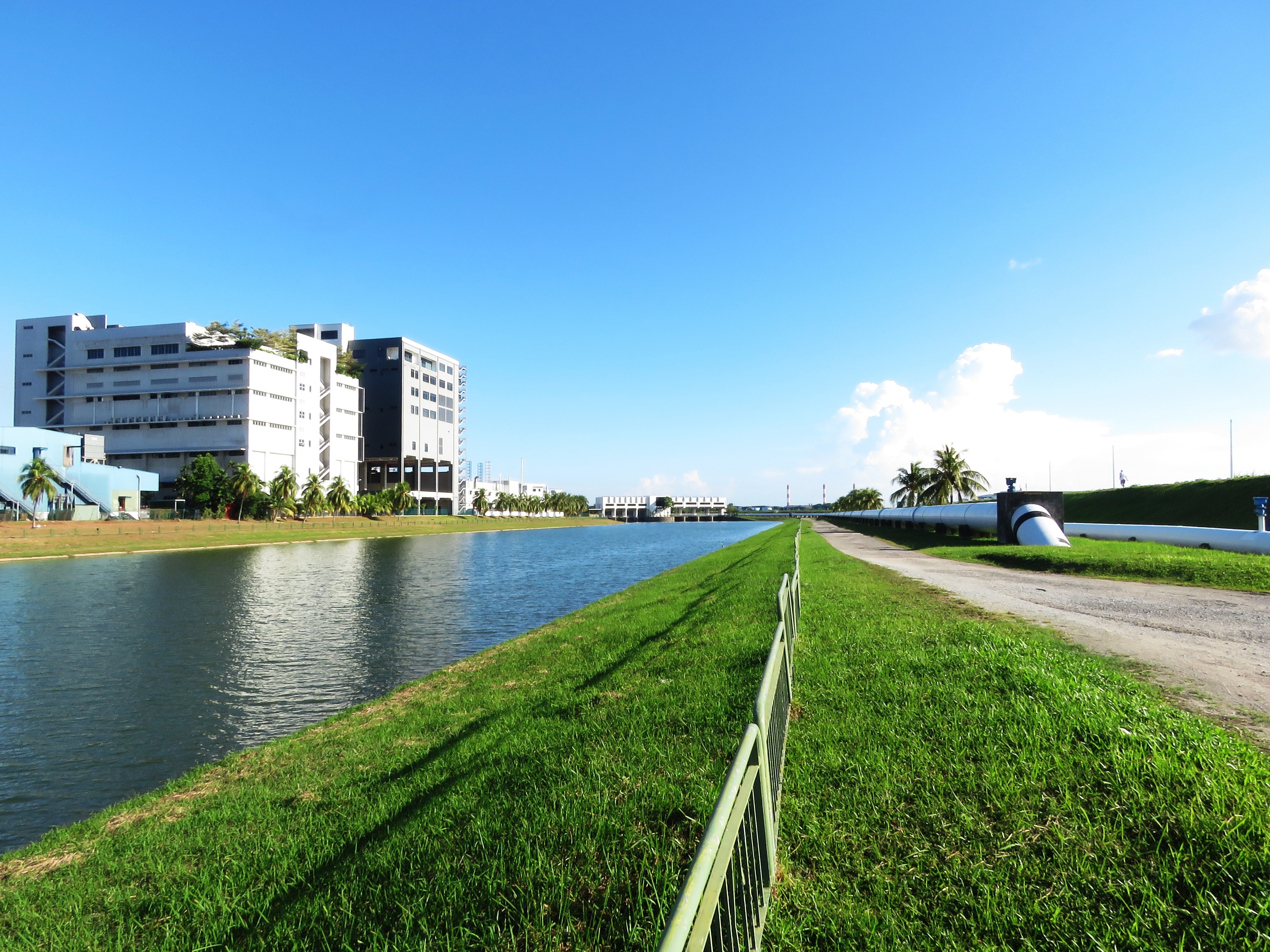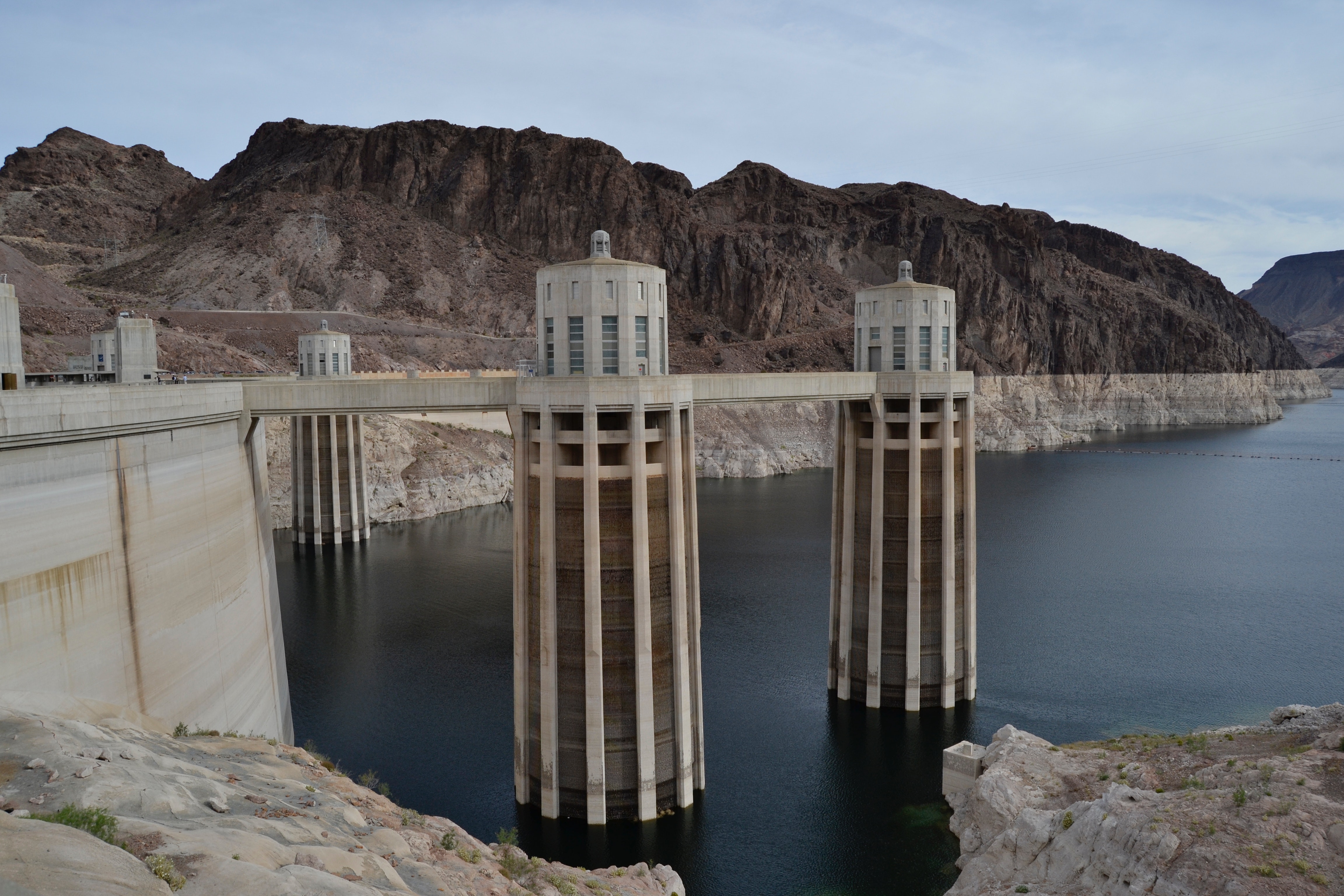Somebody’s Secured The Waterhole!
New federal regulations to protect the country’s drinking water supplies have local public agencies seeking engineering and planning assistance from the A/E/C industry.
The America’s Water Infrastructure Act was signed into law in late 2018. One element of the new law requires water systems to undertake risk and resiliency assessments to determine vulnerabilities to the local water supply. Emergency response plans are then developed to mitigate a “malevolent act or natural hazard that threatens the ability of the community water system to deliver safe drinking water.”
IMS tracks the impacts from this type of public policy, where consultants with program expertise can help agencies fulfill mandates such as testing for lead in schools’ drinking water and establishing new guidelines for the review of transportation projects.

(Source: Arul)
IMS has covered more than 20 RFPs in 2019 for “Risk and Resilience Assessments and Emergency Response Plan” projects in seven different states. The daily project leads and Advance Notice information is provided to A/E/C clients in disciplines such as civil engineering, planning, vulnerability assessments, hydrology, and groundwater.
The RFPs come from Water Districts, Water Commissions, and Public Utility Departments, and it’s the largest agencies that are acting now, as they face an approaching deadline. Expect to see smaller agencies seek consultant expertise as their deadlines get closer.
Risk assessments for the largest water agencies are due to the US Environmental Protection Agency on March 31, 2020. The deadline for mid-sized agencies is December 31, 2020, and the smallest agencies must submit their assessments by June 30, 2021.
And the stakes are high. In July 2019, the US EPA provided baseline information and a guidance document on potential malevolent acts for community water systems.
For example, in the category “Contamination of Finished Water – Intentional,” the EPA said, “Pilot studies and computer simulations have shown that this mode of attack can inflict very high consequences. Available intelligence (public) indicates awareness and intent by terror groups to carry out this type of attack. Conservative estimate of threat likelihood: One attack per year among 100,000 water utilities.”

The prolific Hoover Dam is one of many essential US water resource utilities. (Source: Alex Bracken)
A few of the recent Risk and Resilience Assessment and Emergency Response Plan projects that IMS has covered for its clients include:
* The Rancho California Water District in Riverside County, Calif., released an RFP in August 2019 to prepare a risk and resilience assessment for drinking water facilities in response to the America’s Water Infrastructure Act (IMS 479473).
* In Alaska, the Municipality of Anchorage released an RFP in July 2019 for an assessment of human-caused and natural hazard risks to the Water and Wastewater Utility’s assets, as well as for recommendations to reduce risk and enhance resilience (IMS 477138).
* In Texas, the Brazos River Authority released an RFP in July 2019 for physical and cyber security assessments for the completion of American Water Infrastructure Act of 2018 planning documentation and to use the findings to support the development of comprehensive improvements to the security program (IMS 476755).

The largest water and wastewater utility in Alaska made sure to conduct their RRA well in advance of the federal deadline. (Source: Anchorage Water and Wastewater Utility)
* The City of North Miami Beach, Fla., issued an RFP in June 2019 for a consultant to conduct a vulnerability and resiliency assessment and to update the Water Emergency Response Plan (IMS 474143).
* In Washington State, the Sammamish Plateau Water and Sewer District sought a consultant in June 2019 to prepare a risk and resiliency assessment to meet new Safe Drinking Water Act standards as required by the America’s Water Infrastructure Act of 2018 (IMS 471981).
There is a demand today for consultants to develop these risk assessments and plans. IMS is tracking this and similar trends for A/E/C consultants who have the technical expertise to help project the country’s vital water infrastructure.

